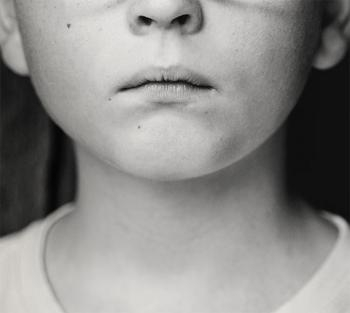Article by Barry Goldstein
Every year 58,000 children are sent for custody or unprotected visitation with dangerous abusers. In a recent two year period 175 children were murdered by abusive fathers involved in contested custody often with the unwitting assistance of courts that gave the fathers the access used to kill the children. Dr. Dianne Bartlow and her students interviewed judges and court administrators as part of a study to determine what reforms the courts had made in response to the tragedies in their communities. The judges who participated are some of the best which is why they agreed to take the time to discuss domestic violence and custody. They often spoke eloquently about these issues and tended to have more training than their colleagues. Nevertheless these courts had not created reforms to make children safer because they assumed the tragedy in their community was an exception. Unfortunately the court system has not been very open to findings that their practices are working poorly for children. In many ways the court system is an insular community that only speaks to themselves and has not modified their practices and training in response to current scientific research.
In April of 2012, the U. S. Department of Justice released a study led by Dr. Daniel Saunders of the University of Michigan that is extremely helpful in explaining why the courts get such a high percentage of domestic violence custody cases wrong. Saunders found that there is now a substantial body of current scientific research that could inform court decisions, but court professionals rarely look to this research to help protect children. He found that the standard training received by evaluators, judges and lawyers does not provide the information needed to respond effectively to domestic violence cases. Dr. Saunders recommends that court professionals receive training in screening for domestic violence, risk assessment, post-separation violence and the impact of domestic violence on children. I would add that they need to understand domestic violence dynamics and be familiar with batterer narratives in order to avoid being manipulated by abusers. Most of the evaluators claimed to have the needed training, but when asked how they screened for domestic violence often cited the MMPI and other standard psychological tests that tell us nothing about domestic violence. Saunders recommends that they should use the Campbell Danger Assessment or other similar tool. In thirty years of practicing law and reviewing cases since, I have never seen an evaluator use any tool that would be effective in screening for domestic violence or recognizing the danger the alleged abuser poses. This is the worst of all possible situations in that the professionals do not have the training and expertise they need but think they do so they do not seek assistance from genuine domestic violence experts. Many judges and lawyers receive their information from these evaluators who do not have the necessary training.
The problem is magnified by the widespread use of a cottage industry of lawyers and mental health professionals that seek “fathers’ rights” business. A large majority of contested custody are really domestic violence cases in which abusive fathers use standard abuser tactics to seek custody as a way to regain control over their victims. Domestic violence is very much about control and economic control is an important part of the standard tactics. This means that in contested cases the abusive father usually controls most of the family financial resources. Accordingly the best way for unscrupulous professionals to make a substantial income is to support practices and approaches that favor abusers. This is why we see support for PAS in custody courts and nowhere else. These professionals are extremely biased but courts treat them as if they were neutral. In many cases attorneys for the abuser encourage the appointment of GALs and evaluators who are part of the cottage industry and GALs similarly support biased evaluators. This mistake often leads to cases in which overwhelming evidence of abuse is ignored or minimized and extreme outcomes that Saunders found are always harmful to children are created.
Dr. Saunders found that court professionals without the specific training needed tend to believe the myth that women frequently make false allegations of abuse, focus on unscientific alienation theories and assume mothers trying to protect their children from abusive fathers are hurting the children. Many of the harmful outcomes occur when courts focus on these issues which say more about the lack of qualifications of the court professionals than the facts and circumstances in the case.
There is now a substantial body of medical research about the long-term health impact on children exposed to domestic violence, child abuse and other traumas. This research is based on the ACES (Adverse Childhood Experiences) studies. We now know that children exposed to domestic violence will suffer more illnesses and injuries as children and later as adults. They will require more medical care and have a reduced life expectancy. I believe these findings about the catastrophic impact of domestic violence on children should require the court system to take a fresh look at its response to domestic violence. They need to make the safety of children the first priority rather than claims to “rights” of parents or other factors that have much less influence on the well-being of children. The research means that it is critical courts learn to recognize domestic violence and stop minimizing its significance. I wish the leaders in the custody court system would be open to meeting with leading researchers and domestic violence experts to discuss the reforms needed to better protect our children.
